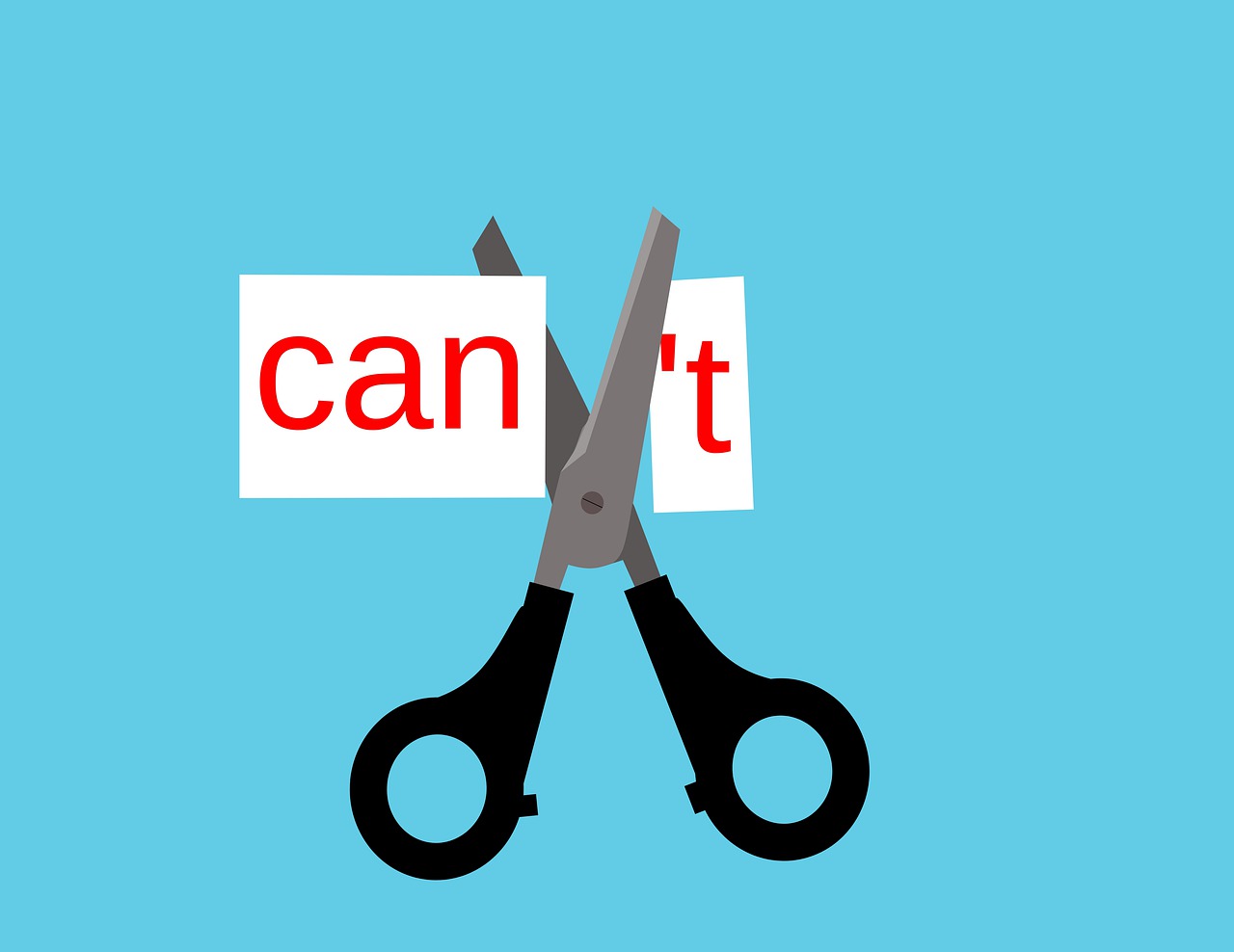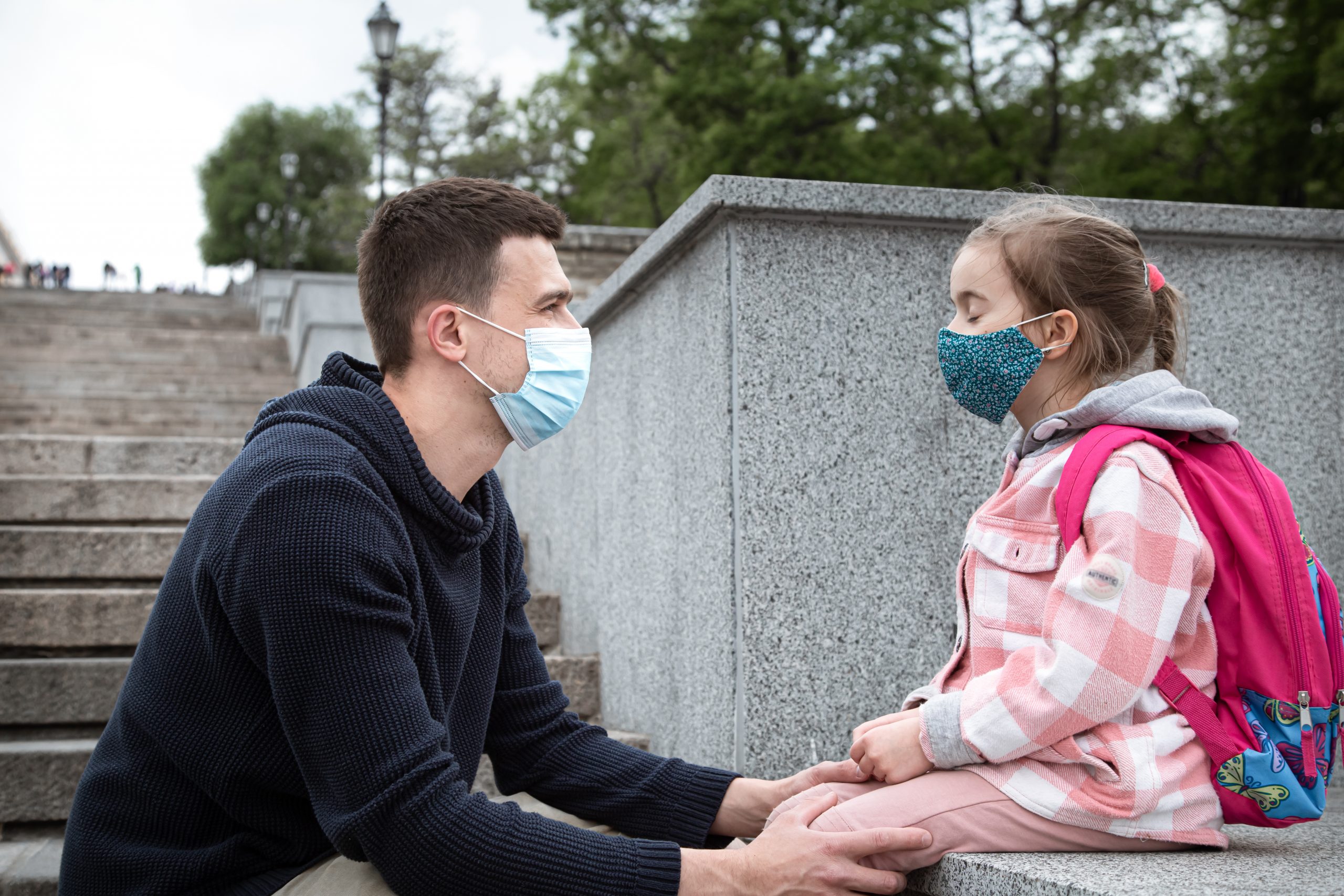Expect Heightened Anxiety, Behavioral Issues in Returning Students
 After spending months with just their families during the pandemic, students with disabilities may show signs of anxiety as they return to school regardless of whether they exhibited such signs before the COVID-19 outbreak.
After spending months with just their families during the pandemic, students with disabilities may show signs of anxiety as they return to school regardless of whether they exhibited such signs before the COVID-19 outbreak.
Here are 6 tips to help these students find success back at school.
- Review the curriculum. Encourage colleagues to review their curriculum before assigning reading and other work. For example, if a character in a book becomes seriously ill or dies, you may want to wait until later to assign that one.
- Validate, reframe student feelings. If a student begins to panic in the classroom about herself or someone else getting sick, use or encourage your colleague to use the tone and volume you would use to tell a bedtime story, validate the student’s feelings by saying something such as, “I’m sorry you’re worried about your health,” and then express that she is safe, Jessica Minahan, a Board Certified Behavior Analyst and consultant based in Massachusetts says.
- Reframe the student’s thinking to focus on what she has control over, such as washing her hands, taking her vitamins, and standing six feet away from others. The student might keep a journal so she can feel some control over documenting the situation. Also suggest the student watch positive coverage of inspiring people rather than focus nonstop on negative news.
- Rethink breaks. Asking a student to take a walk or engage in drawing to calm down if he is feeling anxious may allow the student’s negative thoughts to fester rather than help him calm down, Minahan says. Instead, a teacher may want to ask the student to engage in brain teasers and other exercises when he is feeling anxious, or ask the student to listen to an audiobook for two minutes or think of the second verse of his favorite song.
- Prevent misunderstandings because of face coverings. Students may show heightened anxiety because of everyone wearing masks. They may not be able to understand others’ intentions well because they can’t read their facial expressions or body language. Avoid using sarcasm or spell out when something is funny to help students navigate interactions.
- Offer predictable positive attention. Don’t wait for an anxious student who wants attention—or, more accurately, connection—to start to exhibit attention-seeking behavior. Preempt the behavior by positively greeting the student at the beginning of class and saying something like, “I can’t wait to see what you think of this assignment.” Then tell the student you’re going to check on her in five minutes and set a timer. When time is up, ask the student a question, then say you’re going to check on her again in 15 minutes and set the timer.
Excerpted from “Expect Heightened Anxiety, Behavioral Issues in Returning Students,” written by Cara Nissman and publishsed in District Administration online. Read the full article.
Source: District Administration | Expect Heightened Anxiety, Behavioral Issues in Returning Students, https://districtadministration.com/expect-heightened-anxiety-behavioral-issues-in-returning-students | © 2020. District Administration
CHC offers free community education sessions for educators. Join us to learn practical teaching strategies you can use in your classroom to help more kids reach their promise and potential. Educator sessions are led by experienced educator/clinician teams from Sand Hill School and CHC.





